The video above shows a 12-4 canned beer filling machine. Based on a 330 ml can, the production capacity is 4000cph. The entire machine is equipped with German filling technology. The sealing wheel is made in Italy. Every day, as a filling machine manufacturer, we deal with various filling machine components. Such as filling valves, capping heads, water pumps, touch screens, bearings, and other similar components. Do you ever wonder how the filling machine is constructed?
Shirley will explain how we make filling machines today.
We need to undertake some preliminary work before we can build a filling machine.
- Confirm the power supply.
You must provide us with the industrial electrical voltage, frequency, and the number of phases of your factory. Industrial electricity in China is 380V, 50Hz, three phases. The voltage frequency of industrial electricity varies between countries and areas. We must customize the machine to fit your industrial voltage. The graph below shows the industrial electricity standards of various countries and regions.

- Confirm the packaging material sample. Bottles, caps, etc.
Many parts of a filling machine come into direct touch with the bottle and cap. For instance, the star wheel, and the bottle holder. These components must be fitted to your bottle and cap. This ensures that the filler is entirely compatible with your beverage bottles and caps. As a sample, we want at least one bottle and one cap. This sample will be strictly followed in the production of the filling machine. As a result, you must confirm the sample. If you want to change the sample after it has been confirmed, you will waste time and money.
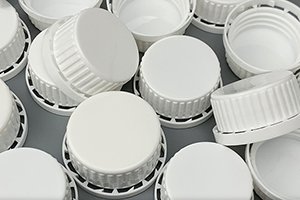


We begin production once the preparations are complete. The entire manufacturing process is organized into three stages: part processing, assembly, and commissioning.
Parts processing
During the parts processing, we carry out base handling, precision processing, and procurement of electrical components.
The base is the most fundamental support component of the entire machine. The base holds all the running parts of the filling machine. For example, washing parts, filling parts, and screw capping parts. Only a stable base can guarantee the high-speed operation of the filling machine. In order to make the filling machine run at high speed for a long time, we mainly do the following treatment on the base.
- Outer surface treatment. The base is made of high-carbon steel. The high carbon steel stability allows the machine to firmly grasp the ground. We carry out the necessary sanding of the outer surface of the base to facilitate subsequent painting work.

2. Panel boring. This step is to ensure that the panels of the base are 100% horizontal. Even a slight tilt on the panel will cause an overall tilt in the filling machine’s filling tank and capping part. If this happens, the entire filling machine is scrapped and production stops, and you will suffer huge losses. Therefore, we will use boring machine to flatten the panel to ensure that the panel is100% horizontal.
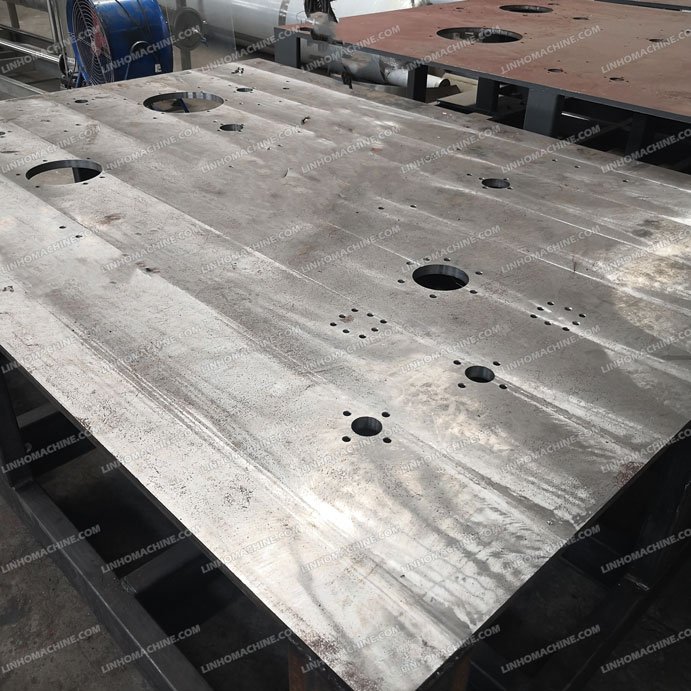
3. Punch holes in the panel. The three main parts on the filling machine, washing, filling, screw capping, will be installed on the base through round holes. Therefore, the position, size, and fineness of the round hole are crucial to the quality of the whole machine. We use laser punching machines and ordinary punching machines to ensure that the drilling position and the size of the holes are accurate, and the inner wall of the round holes is smooth.

4. Spray paint. The filling machine will come into contact with large quantities of water, beverages and other liquids. The rust prevention of the base must be done well. We use anti-rust paint and boat paint. Multi-layer paint effectively prevents the base from rusting in contact with water. The base looks even more neat after painting.

5. Stainless steel panel. After flattened, punched, and painted, the based panel will be coated with a layer of stainless steel. In order to prevent water from entering the gap between the stainless steel and the panel, we will warp the stainless steel at the round hole.


The precision processing parts is closely related to the quality of the whole filling machine. If each part can be processed more finely, then the individual parts will be better matched to each other, and the whole machine will run more smoothly, faster and run longer. Similarly, the water filling machine of the 1 6-16-6 type can only reach speed of 3000-4000 bph for ordinary processing. Linho machine can achieve a speed of 8000bph.
We have laser cutting machine, CNC and other processing machinery. Experienced machining personnel will work out all the required spare parts according to the drawings. For example, filling valves, screw capping heads. Compared with outsourcing processing, our own processing can control product quality better and save the processing time.
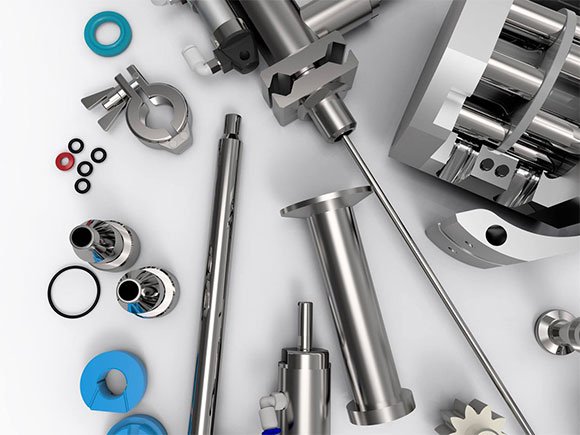

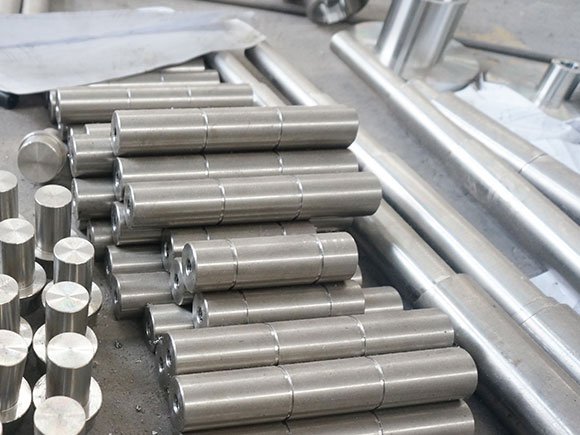
The commonly used electrical components on the filling machine are PLC, touch screen, frequency converter, sensor, contactor, motor and so on. To ensure the efficient operation of the machines, we work with well-known brands. For example, Siemens, Mitsubishi, NSK, Schneider, ABB, Turck, Grundfos. These well-known electrical components not only help the machine run better, but also make it easier for you to buy spare parts locally.
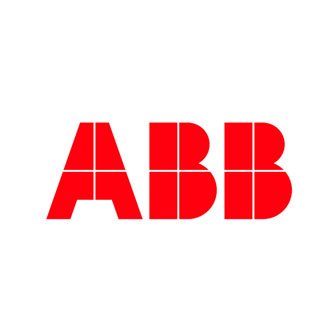





When all the parts processing is ready, the technician will start assembling the filling machine.
The first thing to do is the column installation. Our columns are all made of solid stainless steel. In this way, when the whole washing, filling or screw capping part is loaded, the machine will be more stable. At the same time, stainless steel also avoids rust. When all the parts are assembled, the electrician will start powering up. Debugging will follow.
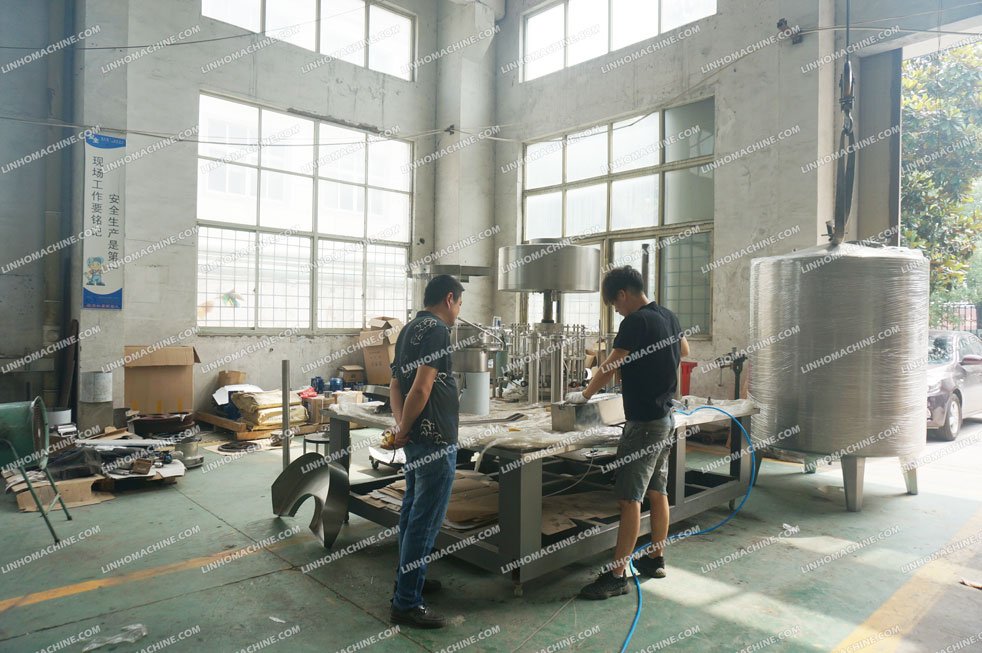
Filling Machine Commissioning is mainly divided into two stages: idling and real bottle operation.
Bottleless idling is mainly to test whether the machine is assembled well, whether the various parts are running smoothly, and if there is no noise. After the idling commissioning is completed, the real bottle operation is carried out. In the test process, it is mainly to observe whether there is a bottle stuck, whether the bottle washing is in place, whether the filling level is accurate, and whether the screw cap is sealed. Linho usually idles the machine for 3 days, and the real bottle runs for at least one day to ensure that all aspects of the machine function perfectly and without fault.
After commissioning, we will clean the machine and stick the information plate. The machine is then packed according to the user and shipping requirements, waiting for shipment.
This is how the entire machine is produced. Linho pays attention to every detail in the machine manufacturing process. Ensure that every machine leaves the factory without problems. If you have any ideas or suggestions, please contact us.


